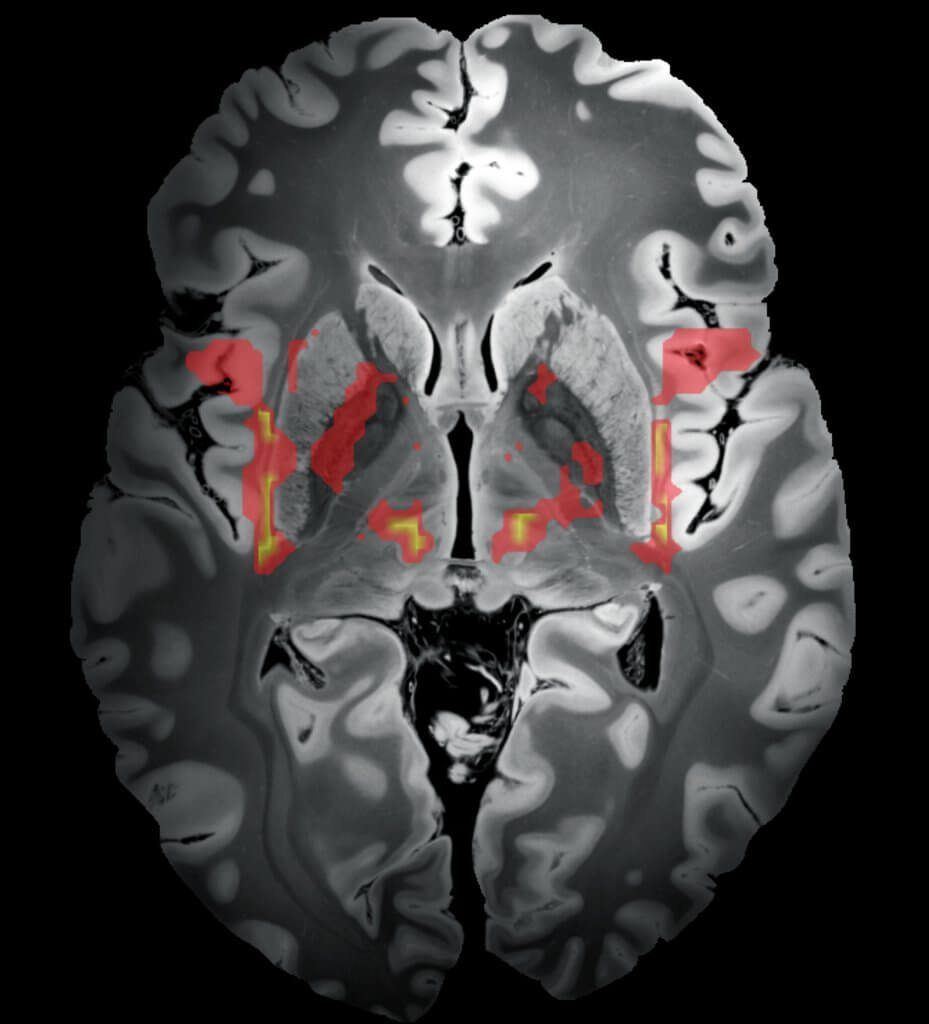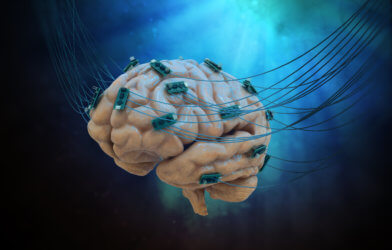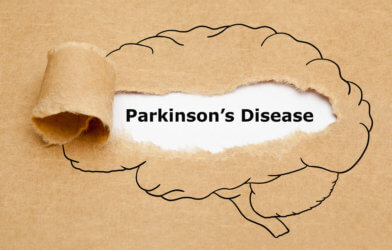Little conscious thought and effort are put into moving our bodies or using our voices. These everyday abilities are second-nature, and functions we are able to control without much thought. For those living with a tic disorder, the ability to control voice and movement is not possible and often involuntary, causing disruption to the lives of those with the condition.
Researchers recently identified a neural network responsible for causing tic disorders. A study was conducted implanting a pacemaker-like device in the brains of people with Tourette’s syndrome. Deep brain stimulation created by the device alleviated symptoms in these patients.
Tics are sudden, repetitive movements of the same action. They may either be a physical event, such as eye blinking or nose-twitching, or a vocal event, such as whistling or throat-clearing. Those who experience tic disorders often have other behavioral conditions such as ADHD, depression, anxiety, or obsessive-compulsive disorder. One of the most common tic disorders is Tourette’s syndrome. Individuals with Tourette’s have both motor and vocal tics, and the condition normally appears in childhood. Four percent of children have tics, with one percent of those children meeting the criteria for a Tourette’s diagnosis.
Researchers reviewed previously published reports of 22 patients who had brain lesions as a result of traumatic brain injury. As a result, tic disorders developed in these patients. The lesions of these patients resided in a specific area of the brain. A map was created detailing the area along with other neighboring regions of the brain that were neurally connected.

The researchers looked at connectivity patterns found in data that had been collected as a result of collaboration between the Department of Neurology with Experimental Neurology and Harvard Medical School. Brain scan data of over 1,000 healthy individuals was observed and used in the study. Researchers found all of the patients’ brain lesions formed a common neural network, regardless of where the lesions resided in the brain.
The neural network consisted of several regions of the brain including the thalamus, internus, insular cortex, cingulate gyrus, striatum, globus pallidus internus, and cerebellum.
“These structures are distributed almost across the entire brain and have a wide range of functions, from motor control to the processing of emotions. They have all been discussed as potential causes for tics in the past but, until now, we had no clear evidence available and no knowledge of a direct link between these structures,” explains Bassam Al-Fatly, one of the lead researchers and authors of the study, in a statement. “We now know that these brain regions form a network and that they may in fact cause tic disorders.”
Having gained insight into how tics were observed in patients with brain trauma, the team then analyzed 30 patients diagnosed with Tourette’s syndrome. Each of the individuals received pacemaker-like devices that studied deep brain stimulation (DBS). This type of treatment is generally reserved for the most severe cases when all other medical and behavioral interventions have been exhausted.
The team determined the precise location of the DBS electrodes and confirmed the electrodes had been stimulating the neural network causing the tics to occur. The individuals with the most improved symptoms were found to have the greatest success of electrode stimulation in the tic-inducing area of the brain.
“The benefit for people with severe tic disorders appears to be greatest when deep brain stimulation targets the tic-inducing network,” says Dr. Christos Ganos, senior physician in charge of the Tic Disorders Outpatient Unit at the Department of Neurology with Experimental Neurology. “By taking the tic-inducing network into account when placing brain-stimulating devices, we will ensure that these findings inform the ways in which we treat our patients. We hope that this will enable us to better alleviate the burden of those affected, enabling them to lead largely independent and socially active lives.”
As a result of this study, researchers have a better understanding of how tics are generated in the brain and the impact the neural network plays in this process. The findings provide new opportunities to further treat people with severe tic disorders.
This study is published in the journal Brain.
Article written by Elizabeth Bartell












